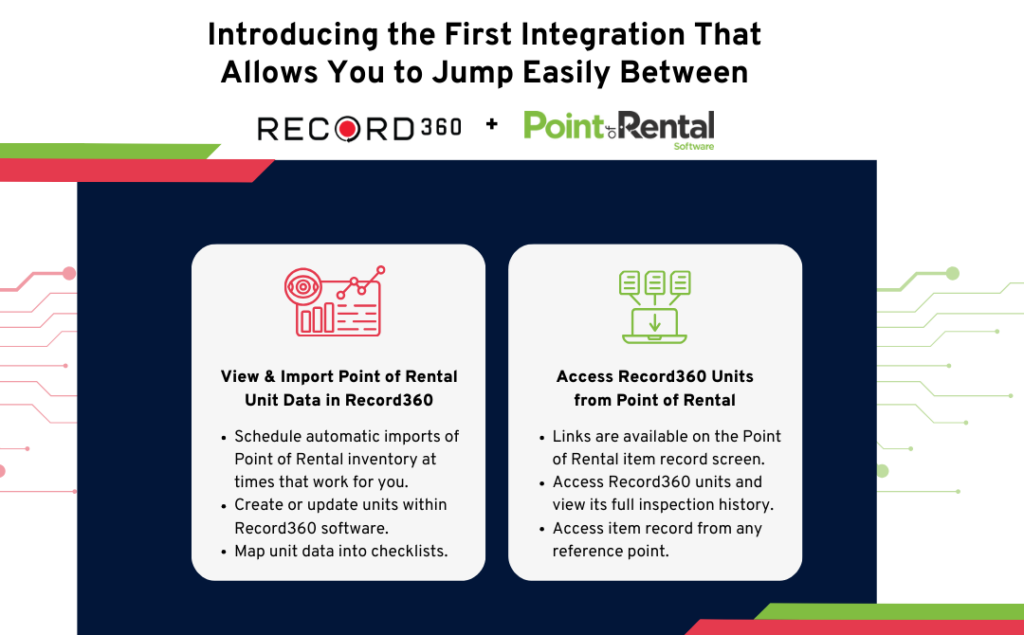Your hours of service are crucial to remember as a truck driver. The Federal Motor Carrier Safety Administration (FMCSA) established regulations determining how much time a driver can spend behind the wheel.
Driving a commercial vehicle for too many consecutive hours can lead to accidents, driver fatigue, and more. The Hours of Service (HOS) rules are straightforward when it comes to off-duty time, so they’re crucial for any commercial driver.
Keep reading to learn more about HOS rules and how to ensure you’re always following them.
Understanding Hours of Service (HOS) Regulations
Simply put, the “Hours of Service” regulation establishes how many hours a driver can be on duty and specifies their rest periods to ensure they’re always alert.
The Department of Transportation often requires truck drivers to use Electronic Logging Devices (ELDs) to track their duty status and driving hours. This makes everything much easier for trucking companies.
Generally speaking, any commercial motor vehicle that meets one (or more) of the following conditions must follow Hours of Service rules:
- A weight of 10,000 pounds or more
- A design meant to transport 16 or more people (counting the driver)
- A purpose of transporting nine or more people for pay (counting the driver)
- The need to transport a considerable quantity of hazardous materials that require a placard
Here’s an overview of how a person must manage their driving hours and implement rest breaks whenever necessary:
Property-Carrying Drivers
11-Hour Limit
You can drive a maximum of 11 hours after being 10 consecutive hours off duty.
14-Hour Limit
Drivers can’t operate beyond 14 consecutive hours after coming on duty.
30-Minute Driving Break
Any driver must take a 30-minute break after driving for eight consecutive hours without a 30-minute interruption at a minimum.
60/70-Hour Limit
You can’t drive after 60/70 hours in seven/eight consecutive days. You must take 34 (or more) hours off to get back on duty.
Sleeper Berth Provisions
Drivers can split their 10-hour off-duty period if one is at least two hours long and the other involves a minimum of seven consecutive hours in the sleeper berth.
The pairings must add up to 10 hours at a minimum.
Adverse Driving Conditions Exception
You can extend your 11-hour and 14-hour limits by up to two hours if adverse driving conditions are expected.
Passenger-Carrying Drivers
10-Hour Limit
You may only drive a maximum of 10 hours after eight consecutive hours off duty.
15-Hour Limit
You can’t operate the vehicle if you’ve been on duty for 15 hours after your eight consecutive hours off.
60/70-Hour Limit
You can’t drive after being 60/70 hours on duty in seven/eight consecutive days.
Sleeper Berth Provisions
If you take a sleeper berth, you must take at least eight hours. You may also split your time into two periods if neither period is less than two hours.
These periods must add up to eight hours.
Adverse Driving Conditions Exception
Drivers in this category can extend their maximum driving time by up to two hours if they encounter adverse driving conditions.
Both types of drivers can use a “Short-Haul Exception” if they operate within a 150-air-mile radius of their normal work reporting location and as long as they don’t exceed their 14-hour maximum duty period. The exception exempts drivers from the regulations of §395.8 and §395.11.
How Complying with HOS Rules Promotes Safety
Tracking your HOS is essential if you want everyone to stay safe. There are many tips you can follow to stay compliant, including:
- Log your driving status in your ELD.
- Plan your trips accordingly.
- Track your on-duty/off-duty time.
- Combine stops.
- Consider unexpected issues that may prevent you from arriving early to your destination.
- Determine when you can log your wait times as “off-duty.”
You can also use tracking and inspection software like Record360. It allows you to keep a record of everything surrounding your fleet and drivers, ensuring there aren’t any mistakes with their HOS.
Must Read: Truck Inspection Checklists and Apps for Compliance and Efficiency
Bottom Line – Take Care of Your Truck Drivers and Commercial Motor Vehicles
Understanding on-duty and off-duty statuses is crucial to ensuring the safety of the driver and everyone around them. These rules are designed to make the road safer and are also an important part of any heavy-duty equipment business.
When you ensure compliance, you can organize your driving time accordingly and prevent potential issues. Software like Record360 allows you to keep a record of everyone on your driving team, the state of your equipment, and more.
Work toward promoting a safer environment for your drivers (and yourself), and discover how to get your productivity rates much higher than before with these measures.



